Medical Records Release Letter Template Guide
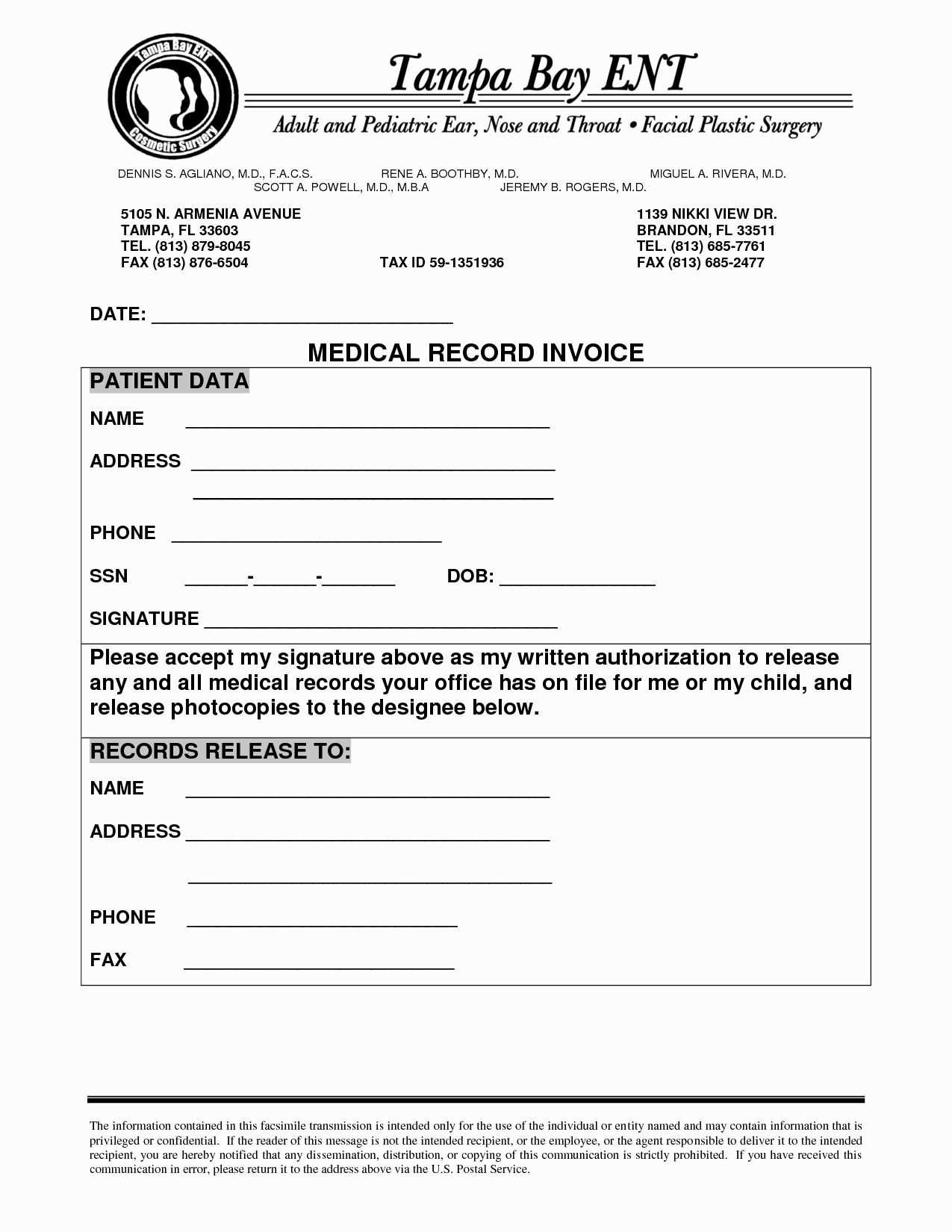
When individuals need to access their health-related data, a formal document is required to grant permission for the release of such details. This official request allows one to authorize the transfer of private information between healthcare providers or institutions. It is essential for those seeking their own or another’s data for various purposes, such as treatment or legal matters.
Steps to Create an Effective Request
To ensure the process is smooth and complies with privacy laws, it is crucial to follow a few important steps when drafting the request.
- Identify the Sender and Receiver: Clearly state who is making the request and who will be receiving the data.
- Specify the Information: Indicate which type of personal details are being sought.
- State the Purpose: Explain the reason for obtaining the data, whether for medical treatment or personal review.
- Set a Timeframe: Mention the period within which the information should be provided.
Key Points to Include
- Full Name: Ensure both parties involved are clearly named to avoid confusion.
- Contact Information: Provide phone numbers or emails to facilitate communication.
- Signature: The individual requesting the release must sign to verify the document’s authenticity.
Important Legal Considerations
Before submitting such a request, make sure to review any relevant privacy laws and regulations to ensure compliance. These laws protect individuals’ personal information and outline the rights and responsibilities of both the requester and the recipient.
Submitting the Request
Once the document is properly filled out, it should be submitted to the appropriate office or department. Many healthcare providers accept submissions online or through traditional mail. Be sure to follow up to confirm receipt and track progress.
Final Thoughts
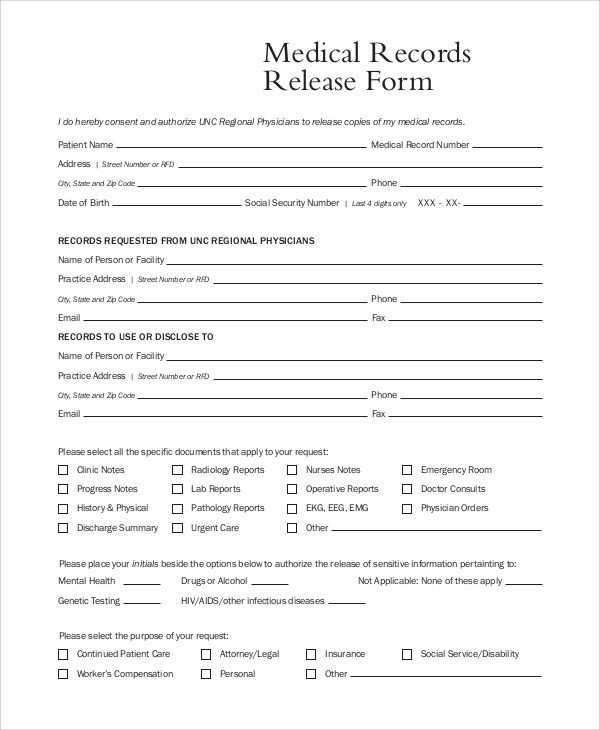
Creating a formal authorization to release personal health data is a crucial step in gaining access to important information. By carefully considering all the necessary elements, individuals can ensure their request is processed efficiently and legally.
htmlEdit
Understanding the Importance of Authorization Documents
Steps to Draft a Medical Authorization Letter
Key Details to Include in the Document
Common Errors to Avoid While Writing
Legal Aspects of Release Forms
How to Submit the Authorization Request
Tips for a Seamless Process
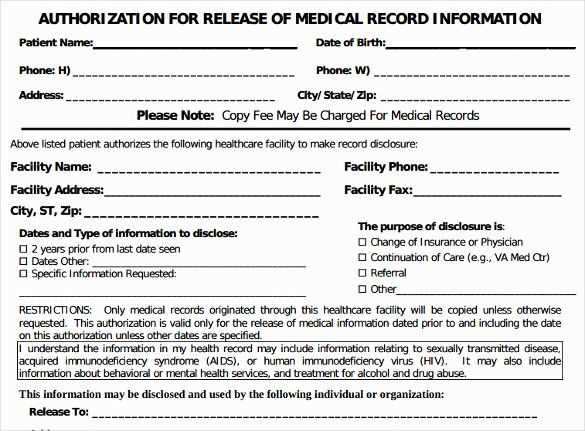
When it comes to handling sensitive personal health information, the proper documentation ensures that all actions are carried out legally and ethically. Authorization forms act as a vital means of confirming the consent of an individual to share private information with trusted parties. Whether for personal use, third-party involvement, or professional consultation, these documents form the foundation for the communication process between healthcare providers and authorized recipients.
Steps to Draft an Authorization Form
Creating a valid authorization document requires clear and concise language, ensuring both parties are aware of their roles and the information involved. The process starts by identifying the person granting permission and the specific individuals or entities that will have access to the sensitive data. The duration of the consent should also be specified to avoid any misunderstandings regarding the timeline of access.
Key Details to Include in the Document
In order to avoid ambiguity, make sure the document includes key information, such as:
- Personal Identification: Full name, date of birth, and contact details of the person providing consent.
- Recipient Information: The names and contact details of the parties who will be receiving the authorized information.
- Scope of Access: Clearly outline the type of information being shared and for what purpose.
- Timeframe: The duration of access or whether it’s a one-time release or ongoing consent.
- Signature: A section for the individual’s signature, confirming their authorization.
Common Errors to Avoid While Writing
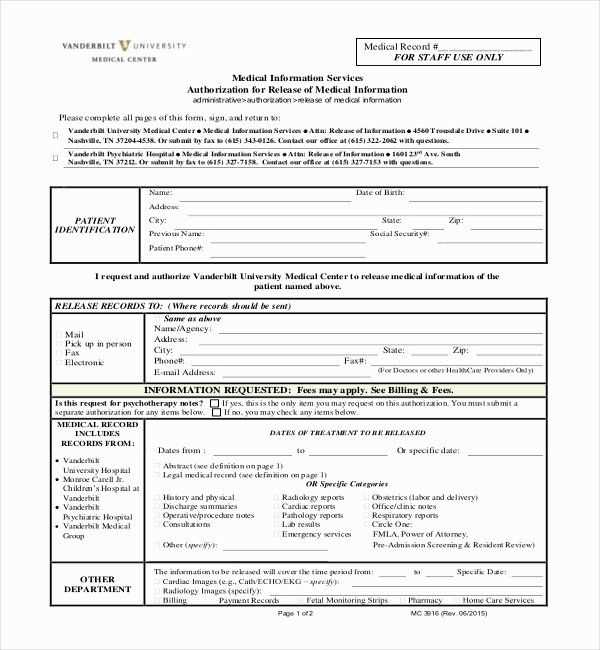
It’s important to avoid common mistakes that may render the document invalid. Some pitfalls include:
- Vague language: Ensure there is no ambiguity in the purpose and scope of the consent.
- Missing information: Double-check that all necessary details such as names, addresses, and the purpose of the release are included.
- Omitting signatures: Always secure the individual’s signature to ensure the document is legally binding.
Legal Aspects of Authorization Forms
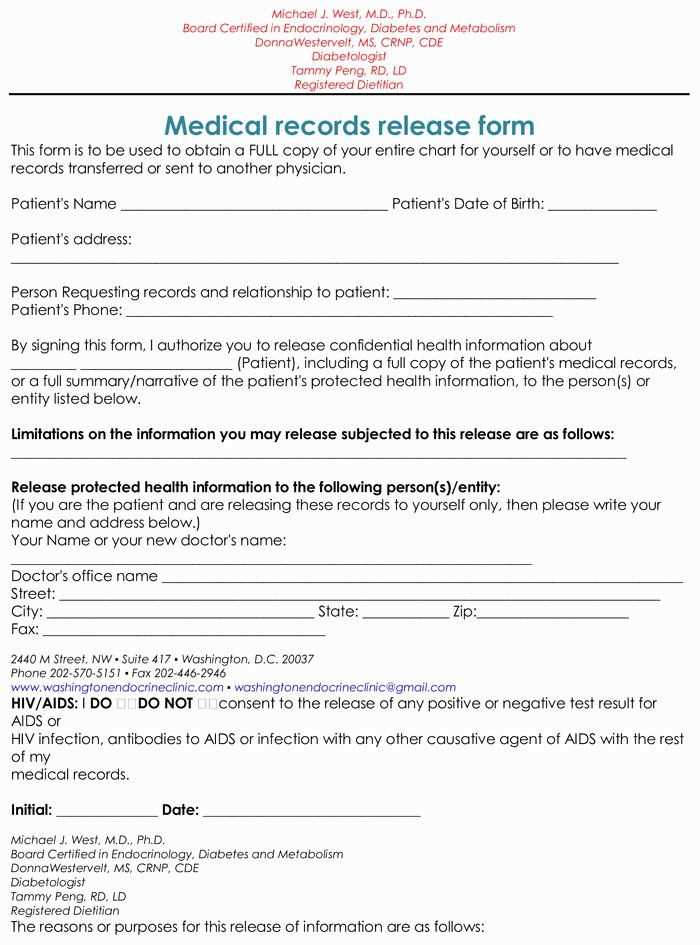
Understanding the legal implications is crucial when drafting an authorization form. These documents must comply with the applicable laws and regulations surrounding privacy and data protection. It is recommended to consult with legal professionals to ensure compliance with local laws, such as HIPAA in the United States, to avoid potential legal repercussions.
How to Submit the Authorization Request
Once the document is finalized, it should be submitted to the appropriate party in accordance with the institution’s procedures. Some institutions may accept forms via email, while others may require physical copies. It is essential to follow the submission guidelines to ensure the request is processed without delay.
Tips for a Seamless Process
To ensure a smooth experience when submitting an authorization request, consider the following:
- Double-check for completeness: Review the document for missing details or inaccuracies.
- Keep copies: Always retain a copy of the signed form for your records.
- Confirm submission: Verify receipt of the form with the recipient to avoid any confusion.